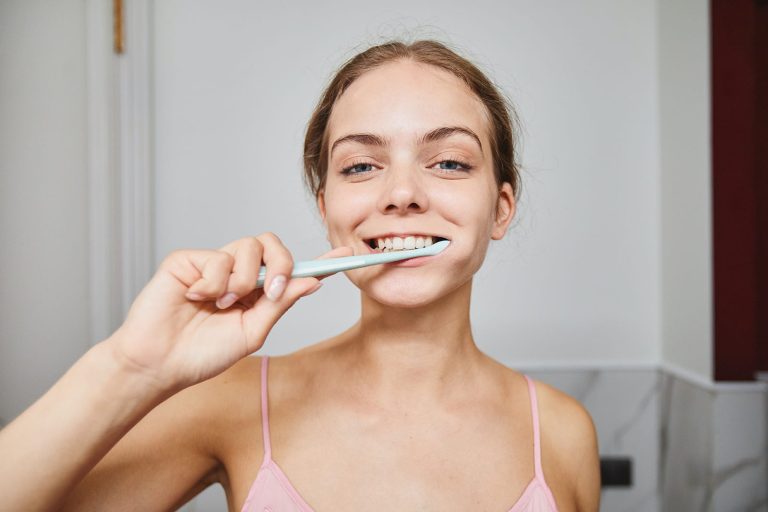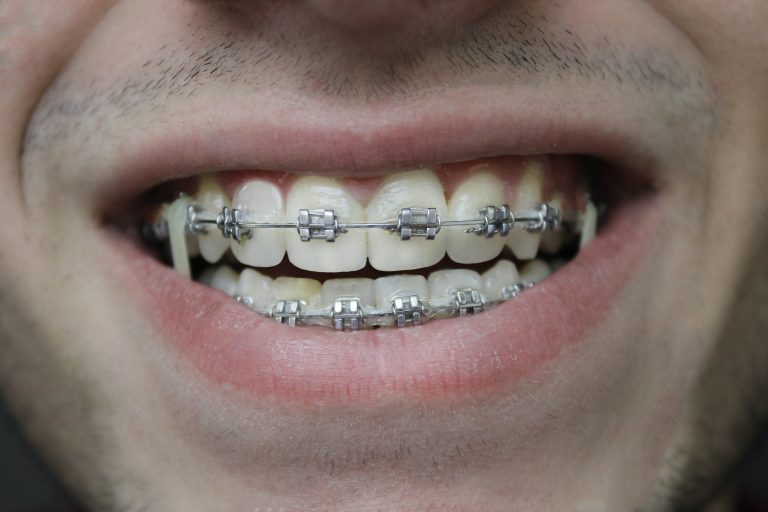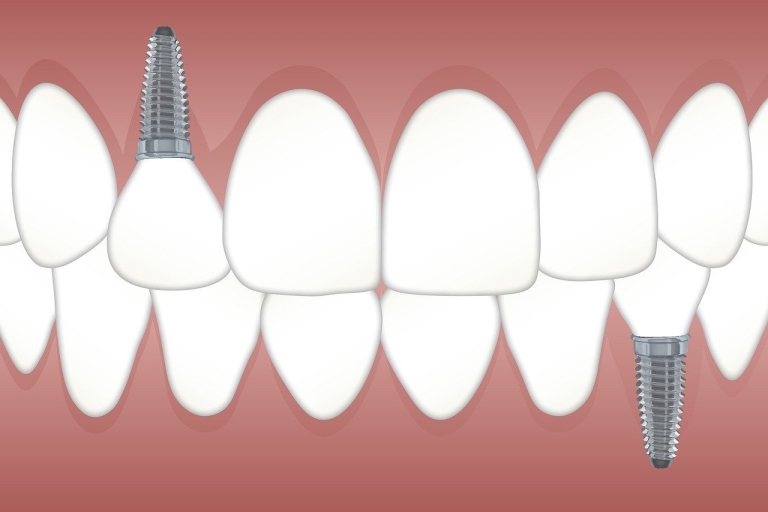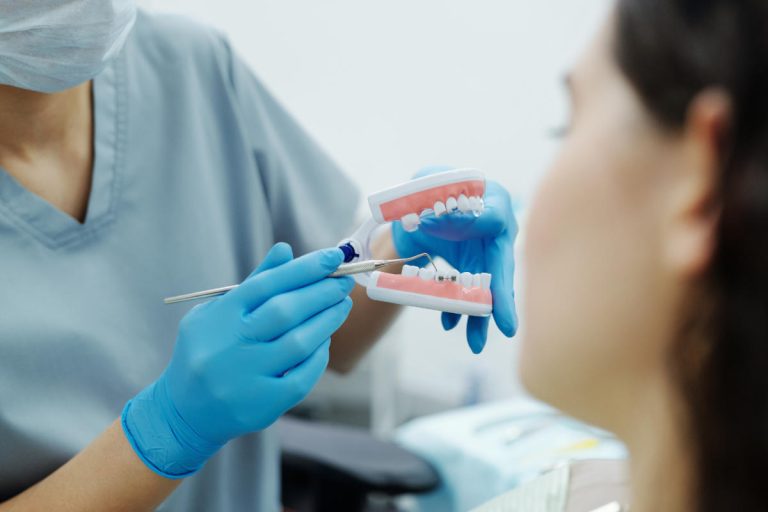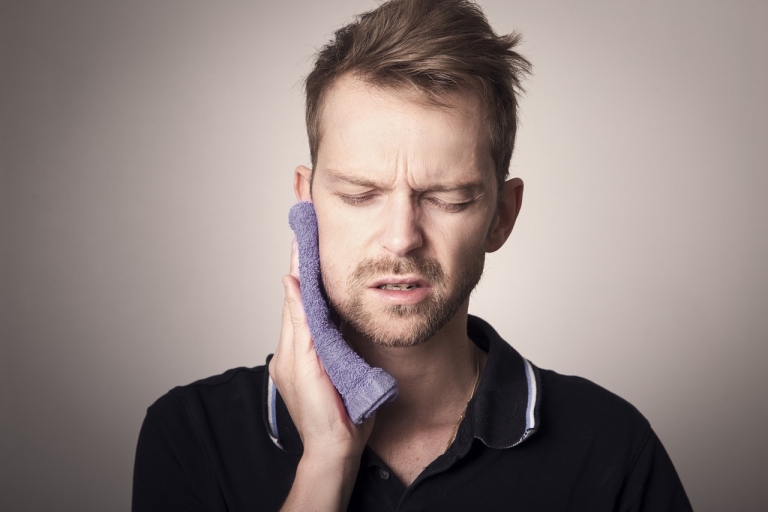Chocolate-lovers with braces – can they indulge? Not so simple. There are a few factors to consider.
One: the type of chocolate. Soft, like milk or white, is less likely to cause damage or get stuck. If you’re cravin’ it, that’s the safer choice.
Two: practice good oral hygiene. Brush and floss after consuming chocolate, to help remove any remnants and reduce cavities or plaque.
But remember, moderation is key. Excessive sugar can lead to dental issues, prolonging orthodontic treatment.
The Effects of Eating Chocolate with Braces
Eating chocolate with braces may have various effects on your dental health. It is crucial to consider these effects before indulging in your favorite treat.
- Firstly, chocolate that contains nuts or chewy fillings can get stuck in your braces, leading to difficulties in cleaning and potentially causing tooth decay.
- Secondly, the sugary content in chocolate can increase the risk of cavities and gum disease, as the sugar interacts with bacteria in your mouth. This can result in plaque formation and tooth damage.
- Lastly, biting into hard or crunchy chocolate can potentially damage your braces or dislodge brackets or wires, which may require additional orthodontic visits and treatment.
Despite these potential effects, there are still options for enjoying chocolate with braces. Opt for softer chocolate without nuts or chewy fillings, as it decreases the chances of getting stuck in your braces.
As a cautionary tale, Sarah, a 15-year-old with braces, decided to indulge in a crunchy chocolate bar despite her orthodontist’s advice. Unfortunately, she ended up breaking a bracket and had to visit her orthodontist to fix the damage. This incident highlights the importance of being mindful of your dental health and making wise choices when it comes to consuming chocolate with braces.
Why risk having a sweet tooth when you can just have a straight set of teeth?
Why Chocolate and Braces May Not Be a Good Combination
Once upon a time, there was a young teen called Sarah. She had just got braces and was very excited. But she also loved chocolate, so it was a struggle for her.
One day, she couldn’t resist and ate a bar of chocolate. Sadly, the chocolate got stuck between her braces and was hard to clean. This increased her risk of cavities and tooth decay.
Plus, chocolate is usually high in sugar, which can damage enamel and the braces too. Consuming too much chocolate while wearing braces can lead to weight gain and other health problems.
Lastly, it’s important to talk to a dental professional before having any chocolate when wearing braces. Sarah learned her lesson and vowed to be careful with her choice of sweets until her braces come off.
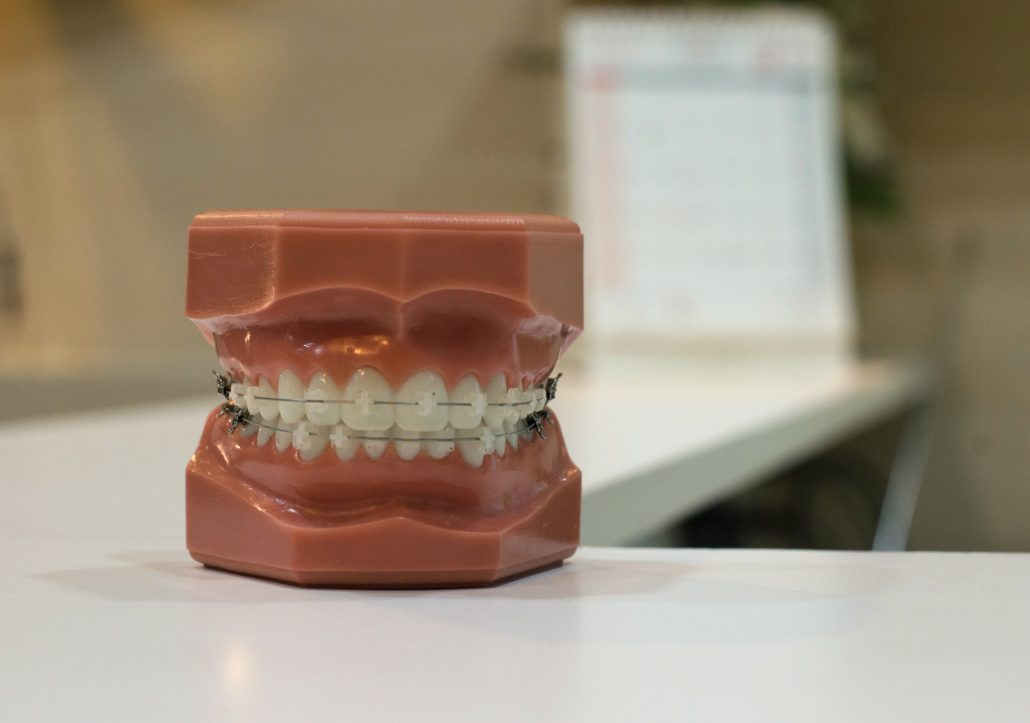
Tips for Eating Chocolate with Braces
With braces, indulging in chocolate may seem like a challenge, but fear not! You can still enjoy this sweet treat while taking care of your orthodontic appliances. Here are some tips to savor chocolatey goodness without causing harm to your braces.
- Opt for soft chocolate: Choose chocolates that are soft and melt easily in your mouth. Avoid sticky or hard chocolates that could potentially damage your braces or get stuck in your wires and brackets.
- Break it into small pieces: Instead of biting into a large chunk of chocolate, break it into smaller, more manageable pieces. This will reduce the pressure on your braces and make it easier to clean any leftover debris.
- Brush and floss afterwards: After indulging in chocolatey bliss, make sure to brush and floss diligently. This will help remove any lingering chocolate particles and maintain good oral hygiene.
To ensure the longevity of your braces and prevent any unwanted mishaps, it’s important to pay attention to these details. By being mindful of the type of chocolate you choose, the way you consume it, and your oral hygiene routine, you can still enjoy the occasional chocolate treat while keeping your braces in good shape.
Now, let’s delve into a fascinating true history related to the subject. Did you know that chocolate has been enjoyed for centuries? The ancient Mayans and Aztecs were the first to cultivate cacao beans and turn them into a bitter drink. It wasn’t until the 16th century that the Europeans introduced sugar to sweeten the concoction, giving birth to the chocolate we know and love today. So, as you savor your chocolate with braces, remember that you’re partaking in a centuries-old tradition enjoyed by cultures around the world.
Make sure your chocolate melts faster than your hopes and dreams while wearing braces.
Choose Soft and Meltable Chocolate
Choosing the right chocolate is key when you have braces. Soft and meltable chocolate prevents damage and discomfort. Let’s look at the types of chocolates that are ideal for braces.
| Milk Chocolate | Creamy and smooth, it melts in your mouth. |
| White Chocolate | Sweet and mild flavor, with a soft texture. |
| Soft-Filled Chocolates | Filled with soft centers like caramel, nougat, or cream. |
| Mousse Chocolates | Light and airy, it dissolves on your tongue. |
Try out soft-filled chocolates and mousse chocolates. They both have great flavor and are kind to your braces.
From my own experience, I once bit into a hard chunk of chocolate while wearing my braces. It hurt and one of my brackets even came loose. Since then, I’ve been careful to only eat soft and meltable chocolates.
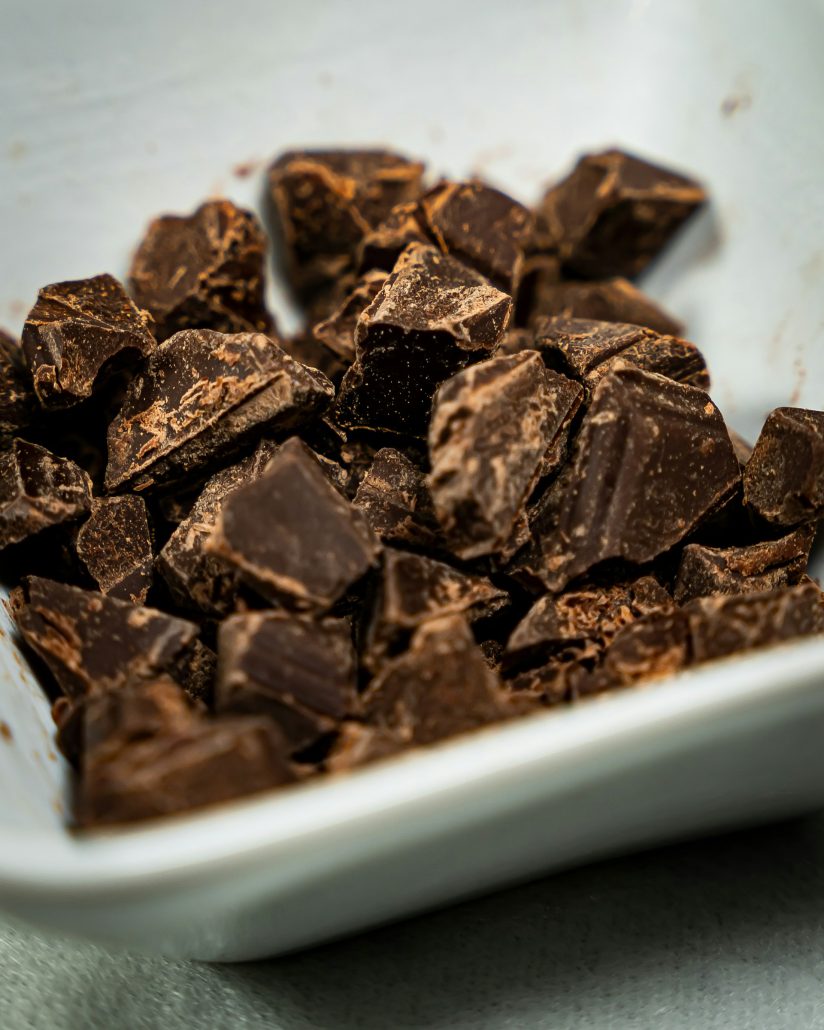
Cut Chocolate into Small Pieces
For safe chocolate treats with braces, cut your chocolate into small, bite-sized pieces! Here are five steps:
- Place the chocolate on a clean cutting board or plate.
- Take a sharp knife and carefully slice the chocolate.
- Hold the knife perpendicular to the cutting surface.
- If it’s hard to cut, warm the knife under hot water, then dry it.
- Enjoy each piece slowly, letting it melt in your mouth.
Remember to brush your teeth after eating chocolate or any other sugary foods. This will help keep your oral hygiene healthy. Plus, cutting chocolate into small pieces allows you to really experience the taste and texture. So, savor every bite!
One orthodontist shared the story of a patient who followed all instructions and cut her chocolates into tiny pieces. This protected her braces and let her enjoy her favorite treats without any issues during treatment!
Avoid Hard and Sticky Chocolate
When having braces, it’s wise to stay away from hard and sticky chocolates. These can cause havoc on your braces and lead to damage or discomfort. Here’re some tips to follow:
- Say no to hard chocolates! Crunch bars, nut-filled chocolates and the like can put pressure on your braces and break brackets or wires.
- Caramel and toffee must go! Sticky chocolate treats like these can stick to your braces, making it difficult to clean. It can even create a breeding ground for bacteria and increase the risk of tooth decay.
- Chewy chocolate candies are a no-no! Nougat-filled bars or gummy bear chocolates can also affect your braces. These sticky treats cling onto brackets and wires and cause alignment issues.
- Be cautious of chocolate-covered fruits! Raisins, cherries, and the like can get stuck in your braces and require extra effort to remove. So avoid these snacks to avoid any potential complications.
It’s necessary to take care of your oral hygiene while wearing braces. Brush with an orthodontic toothbrush and floss after consuming any chocolate. Moreover, don’t indulge in large quantities of chocolates as they contain high amounts of sugar that can cause plaque build-up and tooth decay. Therefore, enjoy your treats in moderation!
Pro Tip: Craving something sweet but want a safer option for your braces? Try soft chocolates or those without sticky fillings.
Alternative Treats for Chocolate Lovers with Braces
Can I eat chocolate with braces?
Having braces doesn’t mean you have to give up your love for chocolate. While it’s important to be cautious with certain types of chocolate that can damage your braces, there are still plenty of alternative treats for chocolate lovers with braces to enjoy.
- Option 1: White Chocolate – This smooth and creamy treat is a great alternative for those with braces since it doesn’t contain any cocoa solids that can stick to your braces.
- Option 2: Soft Chocolate Mousse – Indulge in a light and airy chocolate mousse that won’t damage your braces. Its soft texture makes it easy to enjoy without worrying about any harm to your braces.
- Option 3: Chocolate-covered Fruit or Nuts – Enjoy the combination of chocolate and your favorite fruits or nuts. Just make sure they are soft and easy to chew to avoid any damage to your braces.
- Option 4: Chocolate-flavored Smoothies – Blend together some chocolate-flavored protein powder, milk, and your favorite fruits for a delicious and brace-friendly treat.
- Option 5: Dark Chocolate Bars with Almonds – Opt for dark chocolate bars with almonds, as they are usually softer and less likely to get stuck in your braces compared to other types of chocolate.
- Option 6: Hot Chocolate – Satisfy your chocolate cravings with a warm cup of hot chocolate. Just make sure it’s not too hot to avoid any discomfort.
These alternative treats provide a variety of options for chocolate lovers with braces. Remember to always be mindful of the ingredients and textures to ensure they are safe for your braces.
Lastly, a Pro Tip: Rinse your mouth with water after consuming any chocolate treat to remove any remaining particles that could potentially stick to your braces.
Enjoy your chocolate-filled journey without compromising your orthodontic treatment!
Yogurt-covered fruits: a deceptive healthy option that’s just your dentist’s way of saying ‘you can’t have all the fun, kid.’
Yogurt-Covered Fruits
Yogurt-covered fruits are the perfect treat for those with braces who love chocolate! The smooth and tangy yogurt combined with the sweetness of fruits makes it delicious.
Let’s take a look at the great combinations:
- Strawberries & Vanilla? Dark chocolate drizzle.
- Blueberries & Lemon? Toasted coconut flakes.
- Grapes & Raspberry? Chopped almonds.
- Bananas & Mango? Granola sprinkles.
These combos give a burst of flavor and an interesting texture. The yogurt’s tartness and the fruit’s sweetness fuse together – heavenly!
You can also try unique variations. Greek yogurt for thicker coating. Flavors like honey or strawberry to suit your taste.
My friend Sarah, who had braces, loved making her own yogurt-covered fruits. It satisfied her cravings and gave her a chance to get creative in the kitchen!
So, enjoy these tasty alternatives. Indulge in the pleasure of yogurt-covered fruits without compromising your dental health.
Frozen Banana Bites
To comprehend the advantages of Frozen Banana Bites, let’s scrutinize their nutritional worth. The table below outlines the fundamental nutrients in this delightful treat:
| Nutrient | Amount |
| Calories | 96 |
| Carbohydrates | 24g |
| Fiber | 3g |
| Protein | 1g |
Soft Nut Butter Cups
These Soft Nut Butter Cups offer a special treat. Nut butter and chocolate create a balance of flavors. Coconut oil adds a tropical richness. Natural sweetness comes from honey. Salt enhances the whole taste. Refrigerate for an hour before enjoying for softness and easy removal from the mold.
| Ingredients | Quantity |
|---|---|
| Nut butter | 1 cup |
| Chocolate chips | 1/2 cup |
| Coconut oil | 2 tablespoons |
| Honey | 2 tablespoons |
| Salt | Pinch |
Summary and Conclusion
Why do screechy brakes give us tension and headaches? It’s because the high-pitched sound sets off a natural reaction in our body called the startle reflex. Our ears are very sensitive to sudden, loud noises. When we hear one, our body gets ready for danger. This can make our heart rate go up, our muscles tense, and even give us headaches. So next time you hear screeching brakes, remember it’s not just irritating – it’s also affecting you on a physical level.
Now let’s look into this effect more deeply. The startle reflex is an old-time protection reaction that humans have developed. When we think we’re in danger, our body goes into fight or flight mode. This prepares us for facing it or getting away. Our autonomic nervous system does this by making changes in our body.
When we hear screeching brakes, the sudden, loud noise affects our auditory system in our ears. This produces an electrical signal that goes to the brainstem. This interprets it as a possible threat. In milliseconds, our body responds, releasing hormones like adrenaline and cortisol.
These responses make several changes in our body. Our heart rate goes up to pump more oxygen-rich blood to our muscles for action. Our muscles tighten, getting ready for movement. Also, our pupils widen to help us observe the situation better.
Unfortunately, these reactions can be bad for us. A faster heart rate can bring on anxiety or fear, especially if we’re already anxious or stressed. Tension from the startle reflex may cause discomfort and headaches.
When we understand why screechy brakes make us tense and give us headaches, we can find ways to lessen these effects. We can do relaxation exercises like deep breathing, meditation, or yoga to stop the physical response and make us calmer. Listening to calming music or doing activities that bring us joy can also help to distract us from the noise.
Frequently Asked Questions
Can I eat chocolate with braces?
Yes, you can eat chocolate with braces. However, there are a few things to keep in mind.
1. Will eating chocolate damage my braces?
No, as long as you are not biting into particularly hard or sticky chocolate. Avoid chewing on hard candies or chocolate bars with nuts, as they can potentially damage your braces.
2. Can I eat all types of chocolate?
It is best to stick to softer chocolates like milk or white chocolate, rather than hard or sticky ones. Soft chocolate is less likely to get stuck in your braces, making it easier to clean your teeth afterwards.
3. How should I eat chocolate with braces?
Break the chocolate into smaller pieces and let it melt in your mouth rather than biting into it directly. This reduces the risk of damaging or getting sticky chocolate stuck in your braces.
4. Should I brush my teeth after eating chocolate?
It is recommended to brush your teeth after eating chocolate or any sugary food to maintain good oral hygiene. Brushing helps remove any chocolate residue and reduces the risk of cavities.
5. Can chocolate cause staining on my braces?
Chocolate itself does not cause significant staining, but it can leave residue on your braces if not properly cleaned. Make sure to thoroughly brush your teeth and braces after eating chocolate to prevent any staining or discoloration.
6. Can I eat chocolate if I have elastic bands on my braces?
Yes, you can still enjoy chocolate with elastic bands on your braces. Just be cautious and follow the same guidelines mentioned above. Avoid biting into hard or sticky chocolate, and clean your teeth properly afterwards.
